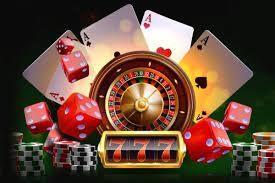Casinos, with their vibrant lights and magnetic allure, have captivated the imagination of people for centuries. From the opulent casinos of Monte Carlo to the Rajaplay resorts of Las Vegas, these establishments are more than just places to gamble—they are microcosms of entertainment, luxury, and social interaction. This article delves into the history, cultural significance, and modern developments of casinos, revealing the multifaceted world behind the gaming tables.
A Brief History of Casinos
The word “casino” originates from the Italian word “casa,” meaning house, and initially referred to small country villas or social clubs where people gathered for recreational activities. The first official casino, the Casino di Venezia, opened its doors in 1638 in Venice, Italy. This establishment marked the beginning of the structured gambling industry, offering games like biribi and bassetta.
In the 19th century, the casino scene flourished in Europe, particularly in Monaco, where the Casino de Monte-Carlo became a symbol of elegance and sophistication. The casino’s success was driven by the principality’s need for economic revenue and the appeal of a luxurious gambling destination for European aristocrats.
The United States saw its casino culture take root during the Gold Rush in the mid-1800s, with gambling halls becoming popular in the booming towns of the West. However, it was the legalization of gambling in Nevada in 1931 that transformed Las Vegas into the iconic casino hub it is today.


